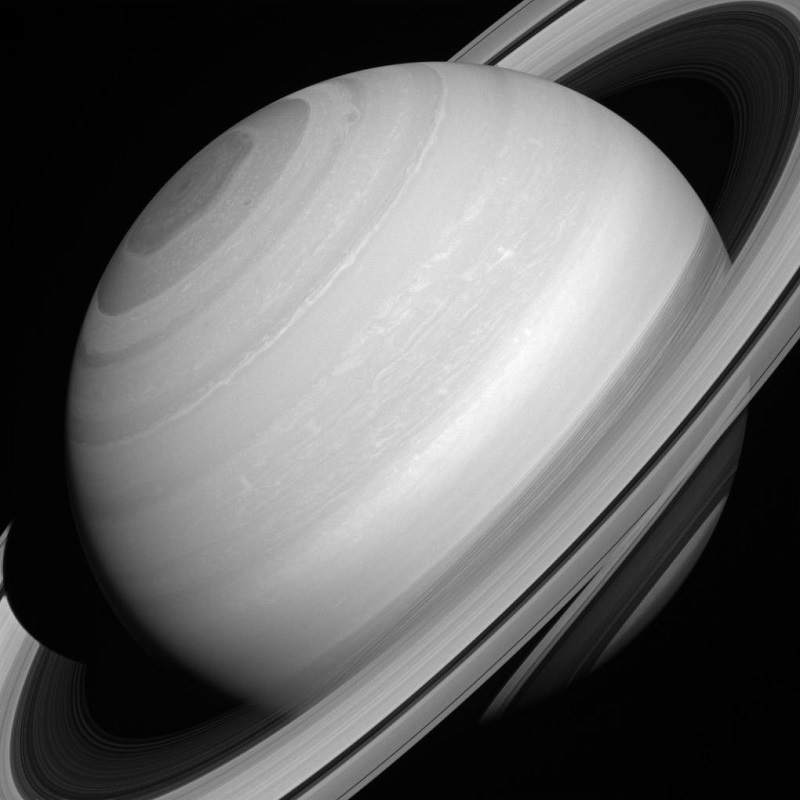NASA dixit:
“February 4, 2015. Although Janus should be the least lonely of all moons – sharing its orbit with Epimetheus – it still spends most of its orbit far from other moons, alone in the vastness of space. Janus (111 miles or 179 kilometers across) and Epimetheus have the same average distance from Saturn, but they take turns being a little closer or a little farther from Saturn, swapping positions approximately every 4 years.
This view looks toward the sunlit side of the rings from about 19 degrees above the ringplane. The image was taken in visible light with the Cassini spacecraft narrow-angle camera. The view was acquired at a distance of approximately 1.6 million miles (2.5 million kilometers) from Janus and at a Sun-Janus-spacecraft, or phase, angle of 91 degrees. Image scale is 9 miles (15 kilometers) per pixel.”
Image credit: NASA/JPL-Caltech/Space Science Institute












 Subscribe to blog posts using RSS
Subscribe to blog posts using RSS










